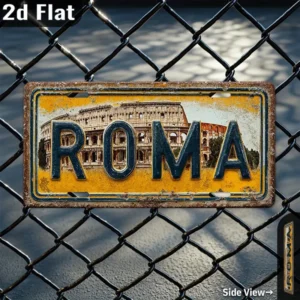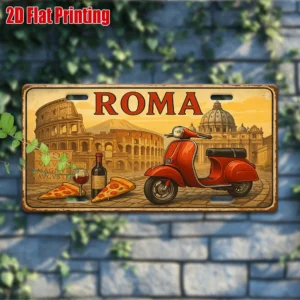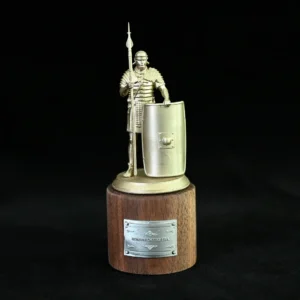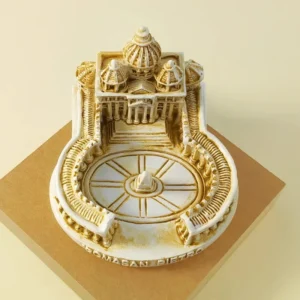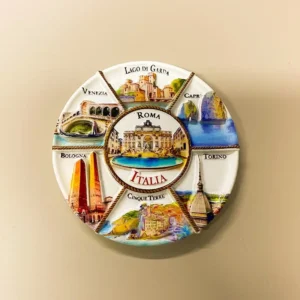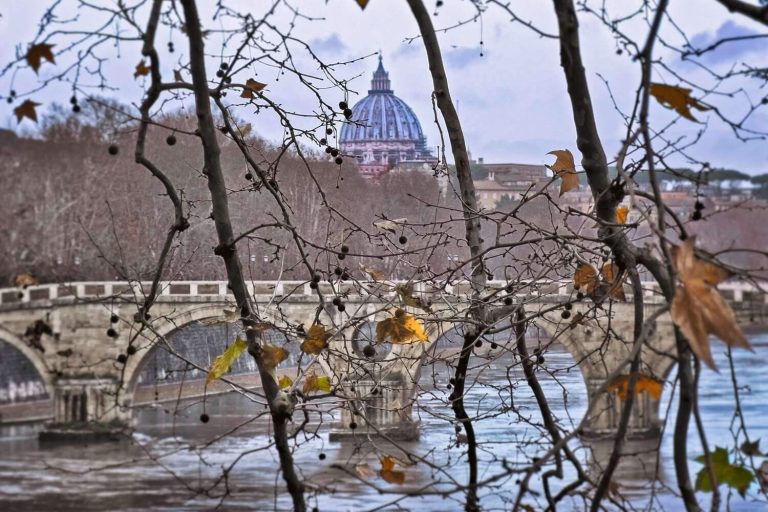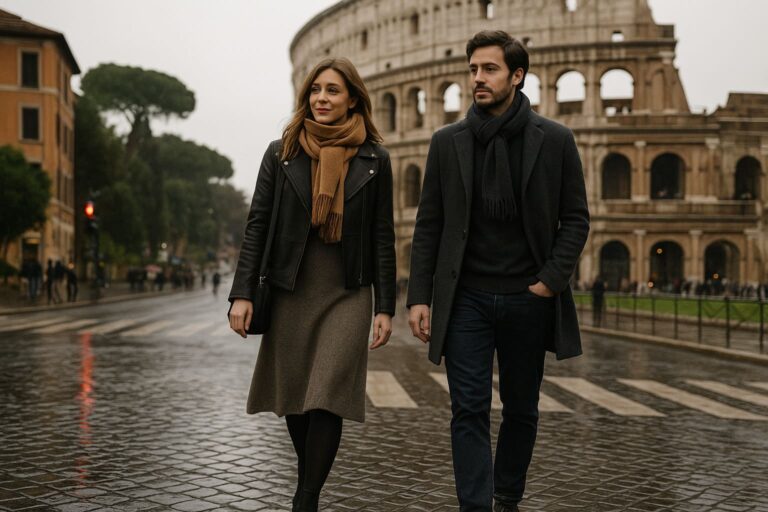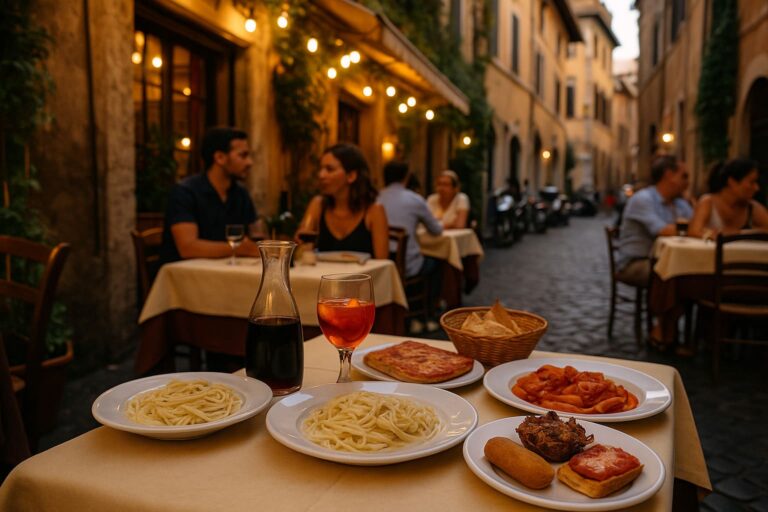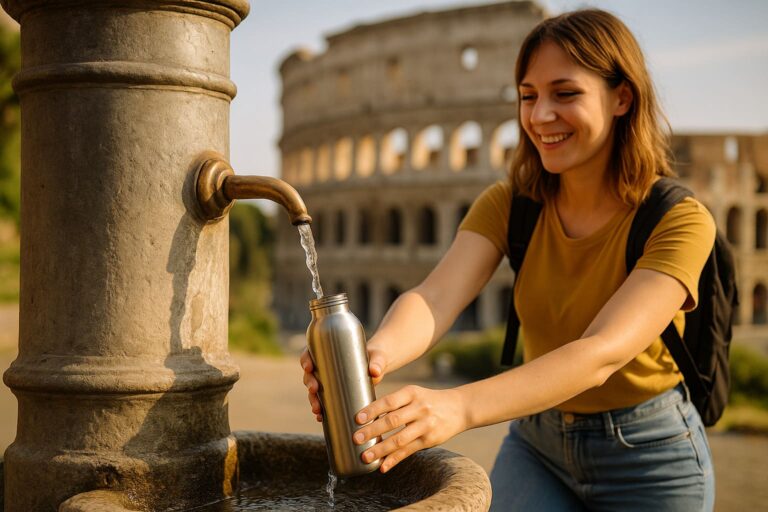What to buy in rome — authentic souvenirs, smart luxury & edible gifts
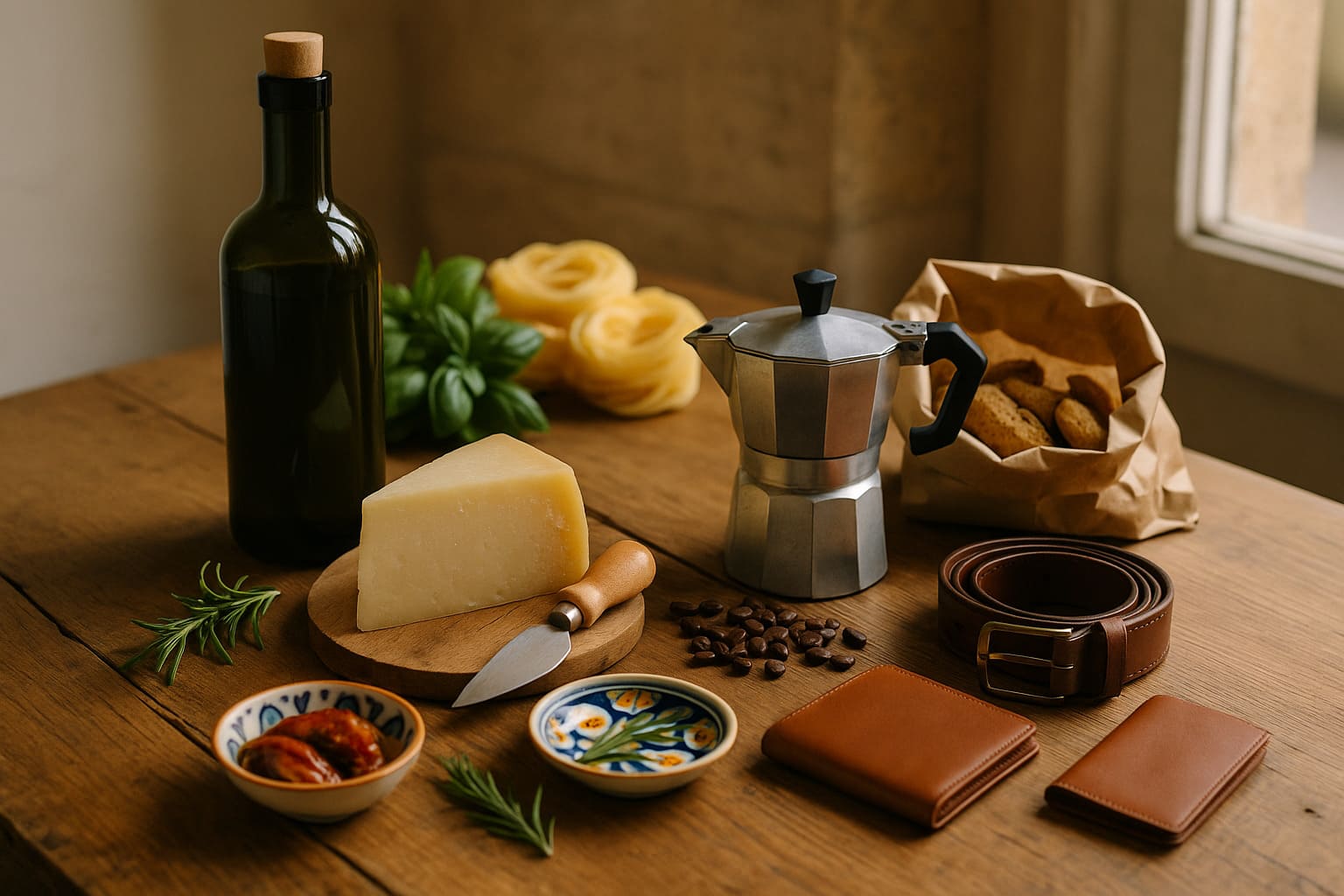
If you’re asking what to buy in Rome, think edible, useful, and easy to pack. Go for extra-virgin olive oil (look for Lazio or “Olio di Roma IGP”), Pecorino Romano cheese, quality coffee beans, artisan chocolate or biscotti, simple leather pieces, and small design items you’ll actually use. Add one luxury item if it truly costs less in Italy, and keep a couple of cheap souvenirs for friends. The best buys feel Roman at home: they turn a Tuesday dinner into a memory.
Find items in our Rome Souvenirs Store
How to shop in Rome without overthinking it
Rome rewards curious wandering. Step one street off a famous piazza and you’ll find calmer, better-value shops. Avoid stalls pushing plastic helmets and mass-printed tees. In food shops, trust your eyes and nose: short ingredient lists, regional labels, natural colors. In leather stores, check stitching and edges. For shopping in Rome on a budget, make markets and neighborhood groceries your allies; for luxury items, browse but only buy what you already love and would purchase anyway.
Edible souvenirs from Rome you’ll actually use
Olive oil. Rome sits in Lazio, and the region produces elegant oils with green, peppery notes. Ask for Lazio producers or “Olio di Roma IGP.” Choose 250–500 ml tins or dark bottles (they travel safer) and taste before you buy when possible. Drizzle on bruschetta or grilled veg at home—your kitchen will smell like Italy.
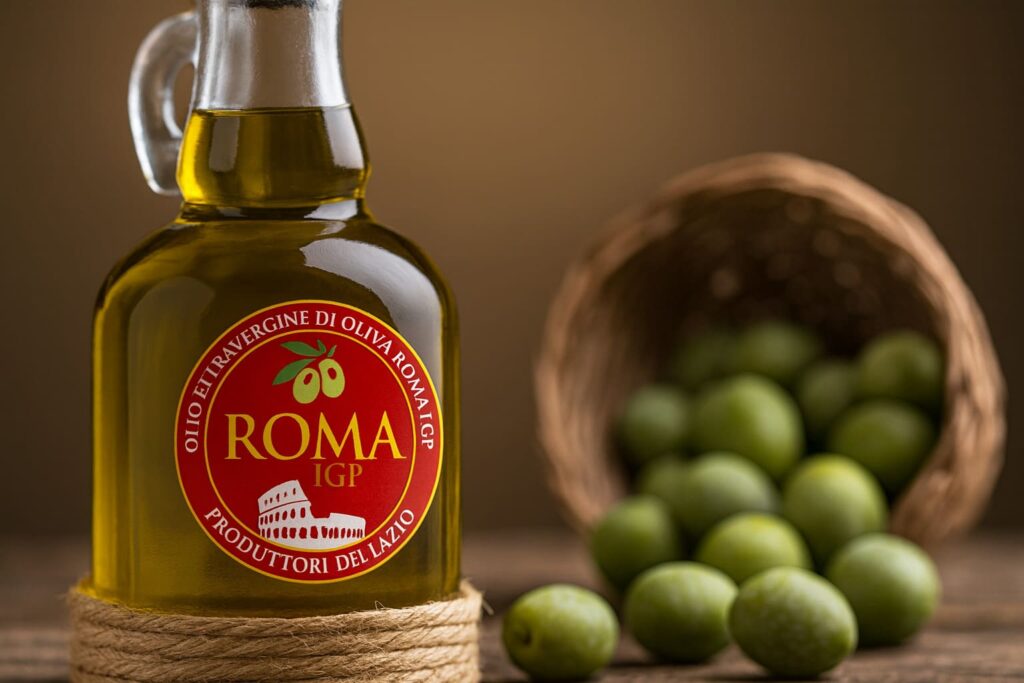
Pecorino Romano. This salty, sheep’s-milk cheese is a pillar of Roman pasta like cacio e pepe and amatriciana. Look for the DOP seal and buy wedges vacuum-sealed for the trip. The Consorzio di Tutela explains what makes Pecorino Romano DOP unique and how it’s protected—handy if you want to recognize the real thing in shops. (See the Consortium’s overview for origin and standards.) Pecorino Romano
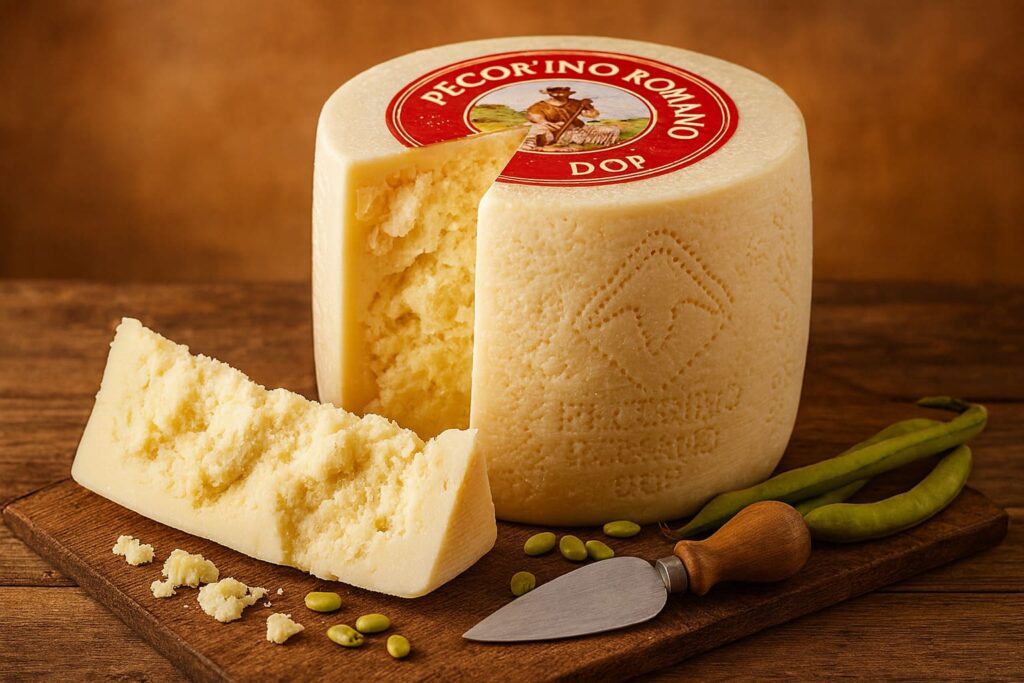
Coffee. Pick up whole beans or moka-ground blends from a neighborhood torrefazione. If you don’t use a moka pot at home, buy a small Bialetti and a 250 g bag of beans; it’s the simplest way to bring Italian mornings back with you.
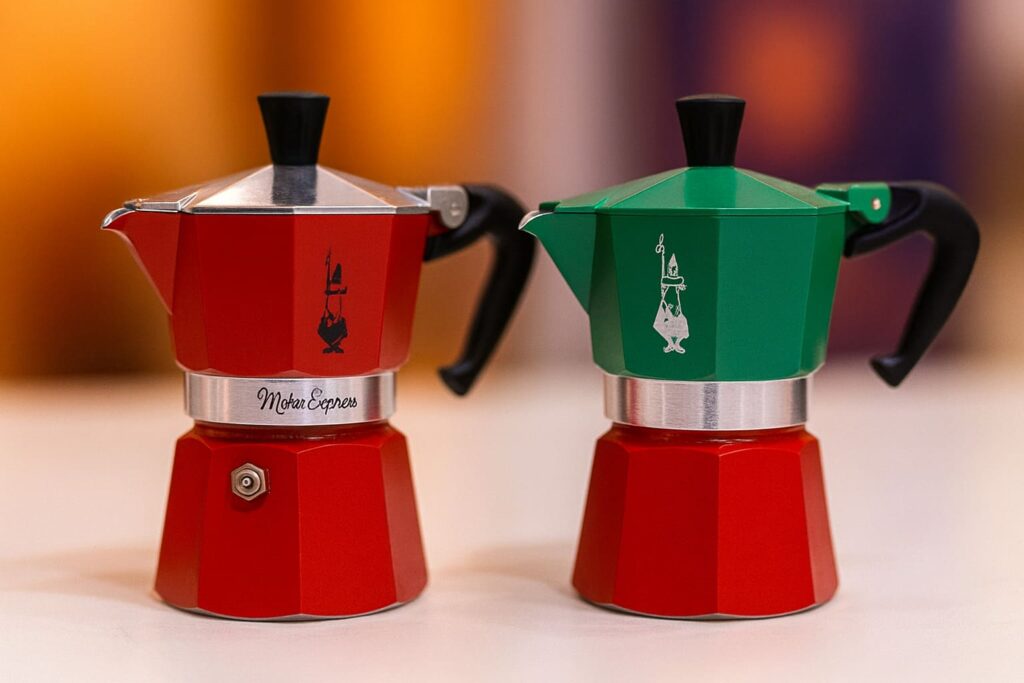
Sweet things. Cantucci (almond biscotti), hazelnut spreads from Piedmont, local honey, or a bar of artisan chocolate fit in any carry-on. For tiramisu lovers, bring quality cocoa and ladyfingers (savoiardi) for an easy dessert ritual.
Pasta & pantry. Bronze-cut spaghetti, guanciale-free amatriciana base (for customs-friendly reasons), jars of artichokes or sun-dried tomatoes in oil, and a good sea salt. These are the “weeknight in Rome” kit you’ll thank yourself for.
Drinks. Small bottles of amaro, limoncello, or vermouth can be great—but pack them safely and follow liquid rules if you’re carrying on. If in doubt, buy at the airport after security.
Non-food souvenirs from Rome that age well
Leather, small scale. A slim wallet, cardholder, belt, or notebook cover travels light and looks better with time. Run a finger along the edges: clean finishing beats flashy logos.
Scarves & ties. Romans love simple accessories. One neutral scarf (or silk tie) will multiply your outfit options back home.

Stationery & art prints. Marbled paper, letter-pressed cards, or a minimalist print of the Colosseum beats a plastic magnet every time. They’re flat, frameable, and feel personal.
Ceramics (pack smart). Tiny espresso cups or a small olive dish can survive a suitcase wrapped in clothing. Buy from studios that sign their pieces, and keep receipts.
Books & maps. A compact Rome photography book or a fold-out historical map makes a thoughtful gift “to bring home” for anyone who loves Roman history.
Luxury items in Rome: when it makes sense (and when it doesn’t)
Yes, luxury can be a win in Italy—especially on styles that rarely go on sale at home. But “saving” only counts if you were going to buy it anyway. Compare prices in your home currency, ask for international warranty terms, and factor potential VAT refunds (more below). If a duty free or tax-free refund makes the numbers friendlier, great; if not, enjoy the window-shopping and spend on a one-of-a-kind artisan piece instead.
Cheap souvenirs that don’t feel cheap
Postcards from museum shops, tiny lapel pins with subtle Roman motifs, spice mixes for cacio e pepe, reusable market bags, or a simple crossbody coin purse. These are small in price and big in memory. Avoid novelties that break before you get home.
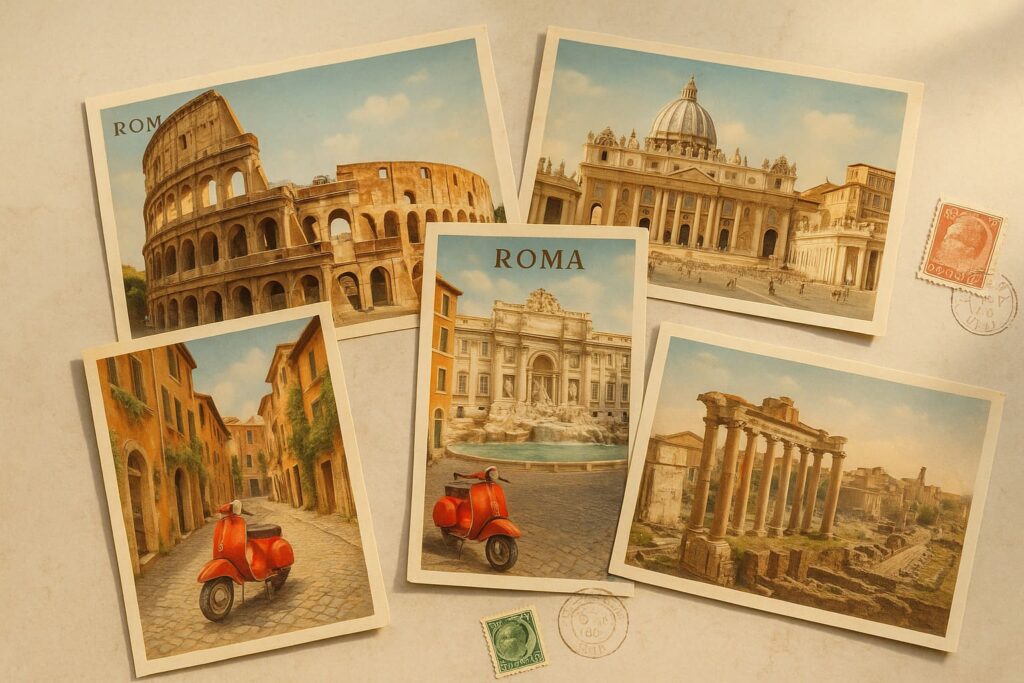
Where to buy: markets, specialty shops, and quiet streets
For food, check neighborhood markets: Testaccio for panini and deli counters; Trionfale near the Vatican for produce and cheese; covered markets around Termini for quick browsing. Specialty alimentari (delis) are perfect for olive oil, pecorino romano, and coffee. For leather and paper, wander the artisan streets that branch off busy squares—prices are better and owners have time to talk. Near the center, look for calm side streets off Piazza Navona, the Pantheon, or Campo de’ Fiori.
How to choose quality (quick signs locals use)
On olive oil, prefer dark glass/tins, recent harvest dates, and precise origin. On cheese, the DOP/IGP seals and producer names matter. On coffee, ask roast date; fresh beats fancy packaging. For leather, smell and stitching tell you more than a “Made in Italy” label alone.
VAT refunds & “duty free” for non-EU travelers (two-minute guide)
If you live outside the EU and you’re shopping in Rome, eligible in-store purchases can qualify for a VAT refund when you export the goods unused and validate at departure. Italy’s customs system (OTELLO) handles electronic validation; you’ll need your passport details on the invoice and to show goods at exit. For the official steps and requirements, read the Italian Customs (ADM) page on the tax-free procedure—it’s the source shops and airports follow. adm.gov.it
Practical tips: keep items unused with tags until you clear customs; have forms, receipts, and goods in your carry-on; arrive early at the airport if you have multiple claims. Refund operators can return money to your card or in cash after validation. If you’re an EU resident, tax-free doesn’t apply; check your home country’s rules for personal import allowances and any duty owed.
Packing & airport tips (so nothing leaks or breaks)
Wrap bottles in zip bags and soft clothes; tins beat glass for oil. Ask shops to vacuum-seal cheese. Put liquids in checked luggage unless you’re buying airside after security. If you plan to ship heavy items, compare store shipping vs. a compact checked suitcase—often a second bag is cheaper and faster.
Mini shopping itineraries (so you don’t zigzag)
One-hour near the Pantheon. Grab coffee beans from a roastery nearby, a postcard at a design bookshop, and a small box of cookies. You’re done before your next tour.
Two hours in Trastevere. Pick a leather cardholder from a side-street studio, taste a Lazio olive oil flight, and finish with a chocolate bar from an artisan lab.
Rainy-day plan around Termini. Browse a covered market for souvenirs from Rome—oil, pasta, biscotti—then hop a short tram for stationery on a quiet street.
A short story: the carry-on that smelled like Italy (in a good way)
You wander a side street behind Piazza Navona and taste two Lazio oils. You pick a 250 ml tin and a wedge of Pecorino Romano the deli seals for you. Next door, a papeterie wraps a marbled notebook for your desk, and a torrefazione grinds coffee for your moka. Back home on Sunday, bruschetta hits the table, espresso steams, and the notebook opens to plan your next trip. That’s the moment you realize the best souvenirs from Rome are the ones you can taste, touch, and use—again and again.
FAQs – What to Buy in Rome
Which foods travel best?
Tinned oil, vacuum-sealed cheese, dried pasta, cookies, and chocolate. Avoid fresh meats/dairy unless your home customs allows it.
What size olive oil should I buy?
250–500 ml travels best. Buy two smaller tins instead of one big bottle to reduce risk.
How do I spot real Pecorino Romano?
Look for the DOP seal and producer markings. The official Consorzio di Tutela explains the standards that define authentic Pecorino Romano.
Where should I shop for budget gifts?
Neighborhood markets, museum bookshops (for postcards and prints), and small alimentari for pantry items.
Any duty-free shortcuts?
If you want liquids in your carry-on, buy them airside after security. For VAT refund, follow the ADM procedure and allow time at the airport.
Wrap-up
What to buy in Rome: edible favorites (olive oil, pecorino romano, coffee), small leather goods, paper and prints, and one meaningful luxury if it makes sense. Shop one block off the big piazzas, pick quality labels (DOP/IGP), and pack smart. If you’re a non-EU visitor, check Italy’s official tax-free steps (OTELLO) and validate before departure. Back home, these finds won’t sit on a shelf—they’ll turn ordinary days into Rome days.

